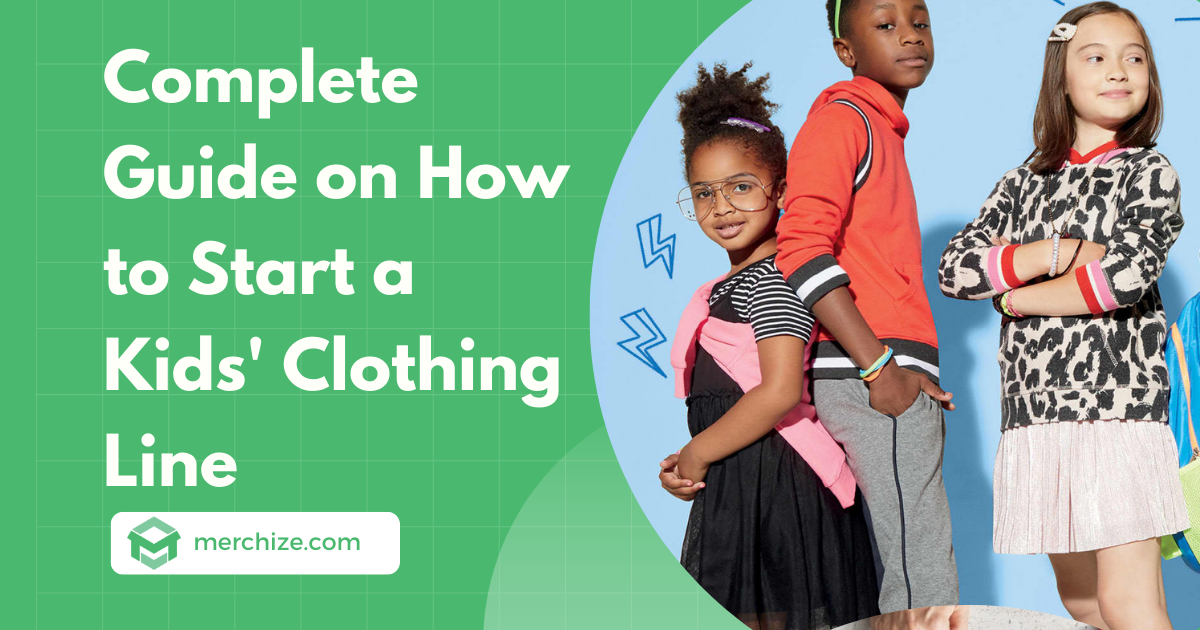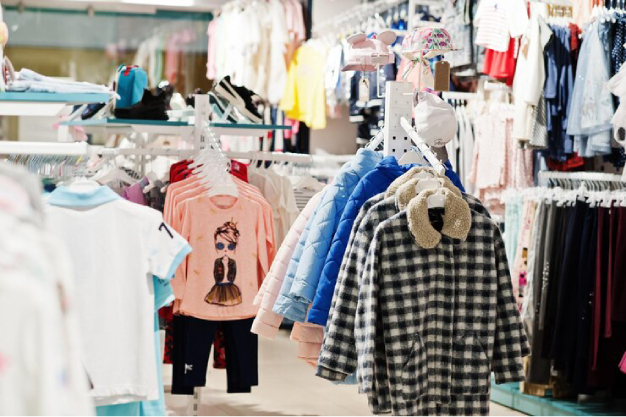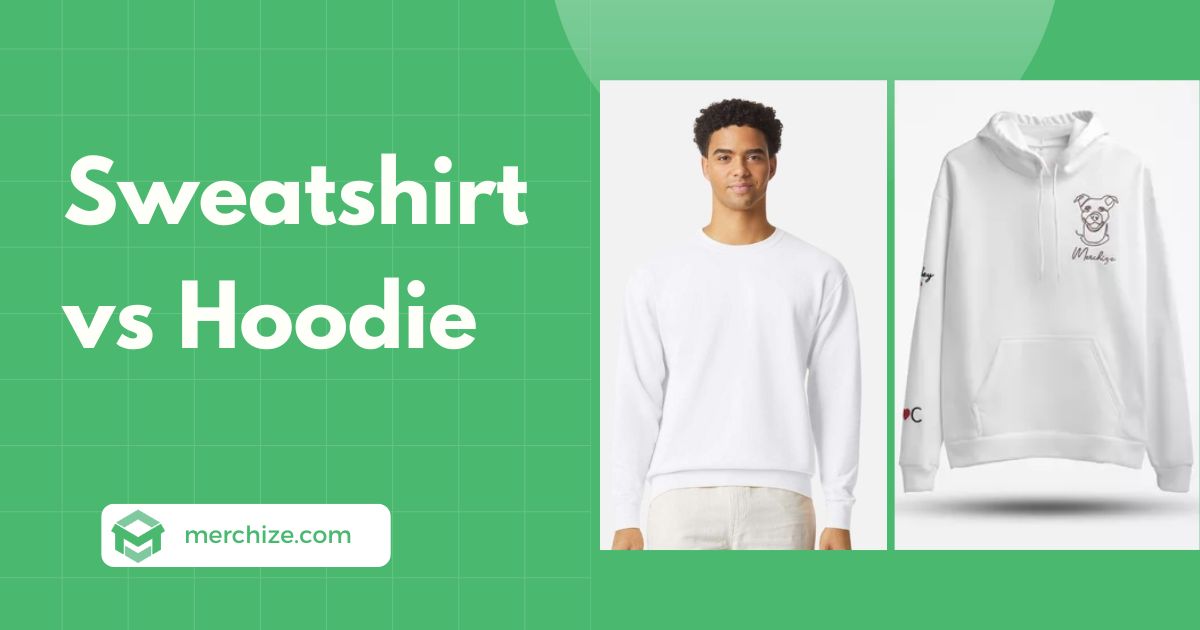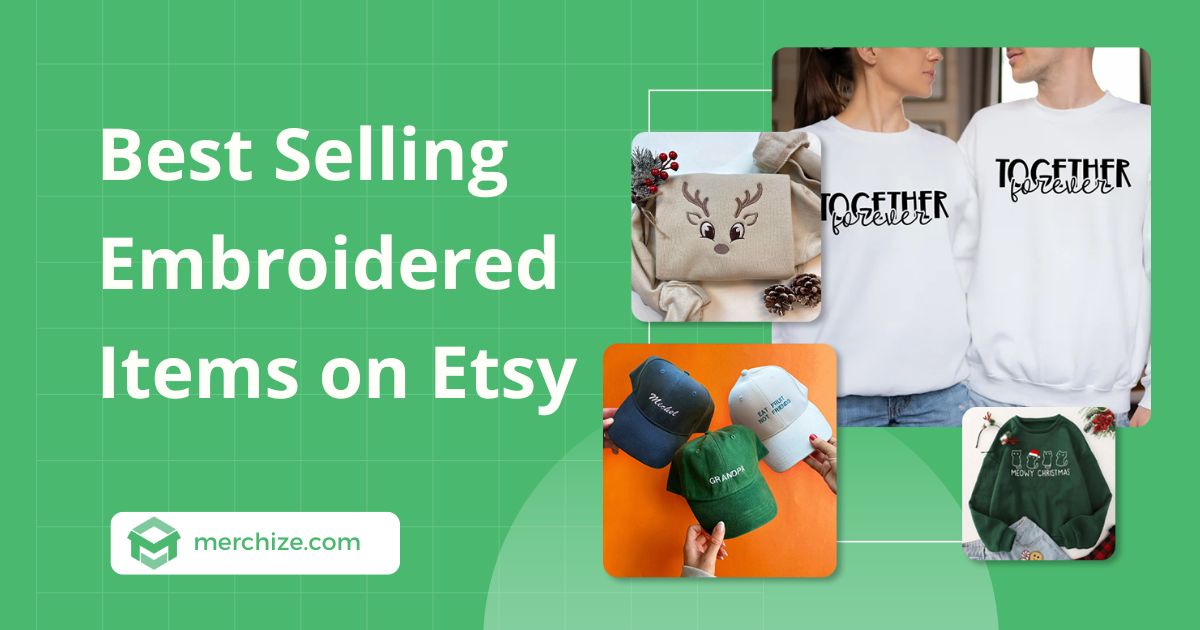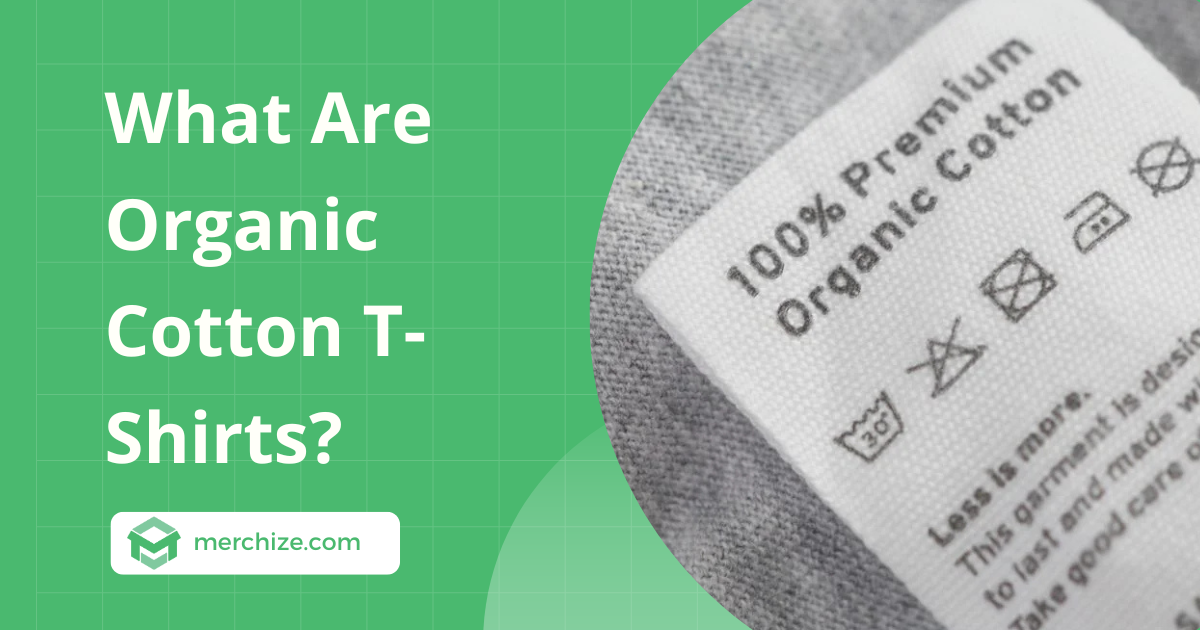Contents
Kid clothing can be a new exciting territory for many. In order to appropriately approach this new segment, sellers would have to take time to learn about this special market and its customers. In this blog post, we will give you a concise introduction into this market and give you tips on how to start a kids’ clothing line.
Know your audience
Market research, before anything else, lays the groundwork for a business to thrive, especially when you are about to penetrate into a particular niche like kid’s clothing. There is a world of differences between regular adult apparel and kid clothing.
To save you time doing your research from scratch, we will give you the ins and outs of the kid apparel industry.
Who are your target audience
Target audience for kid’s clothing might be a bit more complicated than what we usually think of. For this market, the purchase decision makers and the real product users are two different groups of people.
Parents
Normally, the buying decision lies in the hands of the parents, and grown adults. Their pockets are where the money comes from. But parents have different expectations of the products than what children need. Parents might pay more attention to things like qualities, safety, budgets, and so on. Not to mention that adults also have tastes and aesthetic preferences that are far different from kids.
To sell your products, you need to convince not only the kids but also their parents who hold the real buying power. In your market research, you should focus more on this group of decision-makers and understand what they want in a product.
Children
Even though they are not the real spenders, kids are the ones who would experience and use your products. And their opinions also pretty much affect parent’s decisions. It’s an important job for you to figure out what excites kids and what makes them like your products. Parents or your paying customers will be more than satisfied to see that their kids are happy wearing your products. In the end, it’s the kids who are the end users of your products! Your products and your marketing attempt should be made with both parents and kids in mind.
Others
It will be a big miss if you overlook the wildcards in kid’s clothing purchases: They are the friends, and people in the families like grandparents, godparents, aunts, and uncles. These wildcards can be a big spender when it comes to buying their lovely grandkids, nieces, or nephews.
These groups of consumers can contribute greatly to the revenue of your kid’s clothing line if you know how to capture and appeal to them.
What else to consider about your audience
Age
Age is an important factor to reckon with when it comes to kid’s clothing. For kids, their tastes and clothing sizes can change rapidly as they grow. Understanding the needs and wants of kids from different age groups will help you to deliver the right products that meet their ever-changing and growing needs. And don’t forget to take into consideration other adult decision-makers who can also impact the buying decisions.
Aesthetic and interests
Finding the right styles that balance the parents’ preferences and little kids’ tastes is extremely challenging yet important to create best-selling designs that appeal to both parents and kids.
For adults, they prefer designs with minimal and simple designs with more neutral colors. In the meanwhiles, kids love to wear bold, whimsical, colorful designs. Even though they seem to be at odds with each other, there are still ways for you to combine and bridge the differences to make something that makes kids and parents love.
Last but not least, providing beautiful packaging can be great for your kids’ clothing business. Keep our little customers happy right from the start with colorful and playful packaging. It is also a great way to impress your customers and make your brand stand out.
Occasions
Kids’ schedules are completely different from adults’. Therefore, they also need clothes for different purposes and occasions. Kids don’t need fancy work attire or ten different workout outfits. Instead, give them suitable outfits for schools, sports, outdoor activities, and many other activities.
Figuring out the occasions where your piece of clothing can shine will help you to better understand the specific needs of customers and build a purposeful line of products that satisfy customers.
Pricing
Kids outgrow their clothing quickly, leading to more frequent purchases and shorter usage spans. This instant need for new clothes can stretch parents’ budgets a bit, which is why many parents prefer clothes at an affordable price. On the bright side, this means a higher retention rate for your business.
When it comes to designing clothing for kids, you should consider the pricing very carefully. Make sure that your products are priced reasonably so that they can appeal to parents and keep them coming back for more.
Understand the basis of children’s clothing
Now, let’s find out the secret to creating perfect kid clothing designs that appeal to both kids and parents.
Comfort
For adult clothing, we sometimes have to compromise between comfort and look. For example, it’s more acceptable to choose clothes that might not be the most comfortable but look presentable with qualities like wrinkle resistance and structured fit. But for small kids, comfort always comes first.
Young kids have active lifestyles and they’re always playing around and exploring new things. To cater to such a lively and dynamic lifestyle, the clothing should be super comfortable so they won’t feel restricted. Moreover, kid’s skins are sensitive. To avoid causing irritation or discomfort, choosing high-quality and comfortable materials is a must.
A well-fitted design made from breathable material makes the most comfortable clothing for kids. Cotton, for example, is a perfect material that is very popular among kid apparel as they are super breathable and moisture-wicking. These are a few basic things that you can integrate into your kid’s fashion brand to make it more kid-friendly.
Durability
Kids are mostly careless. They always run around, play games, climb, and tumble now and then. For this reason, they need clothes that are super durable to withstand all the tear and wear caused by their active lifestyle. Besides, durable clothing also helps to protect the kids from stretching their own skin in case of minor accidents and falls while playing.
Stain Resistance
Stains and dirt are some common side effects of kid’s active lifestyles and messy activities. Stain removal is also a cause of headaches for many parents. That’s why they will love clothing that is stain-resistant and easy to clean. These qualities will make the life of parents much easier and less stressful. Such quality also helps the clothing to last longer as the clothes can come out of the laundry looking fresh without going through a vigorous washing process.
Safety
Safety for kids is a major concern for parents. When it comes to their children’s safety, parents become so skeptical. Not only do parents think that safety should come first but the authorities also set clear guidelines and standards on kid’s clothing. As a business owner, you shouldn’t overlook the safety standards.
To prevent potential hazards, study the rules and make sure that your products adhere to strict safety standards. Here are a few things that you should pay attention to ensure your products are safe for kids to use:
Materials:
- Opt for fabrics that are soft, breathable, non-toxic, and hypoallergenic to minimize the risk of skin irritation.
- Avoid materials that contain harmful chemicals or toxins. Look for certifications or labels that indicate compliance with safety standards.
- Consider using flame-resistant fabrics, especially for sleepwear, to reduce the risk of fire-related accidents.
Details:
- Avoid small buttons, snaps, or embellishments that could pose a choking hazard for children, especially small kids and toddlers. Opt for larger, securely attached embellishments and fastenings such as well-stitched buttons, snaps, or zippers.
- Consider using alternatives to buttons or small parts for very young children, such as magnetic closures or hook-and-loop fasteners.
- Avoid tight elastics or seams that could cause discomfort or chafing to maximize comfort. Consider features such as tagless labels or flat seams to reduce irritation.
Certifications and regulations:
- Subject the finished garments to rigorous safety testing to ensure they meet industry standards.
- Obtain certifications from relevant safety organizations, indicating compliance with safety regulations.
- Stay up-to-date with local and international regulations regarding children’s clothing safety.
- Comply with standards such as those set by organizations like the Consumer Product Safety Commission (CPSC) in the United States.
Sizing
Kids grow quickly, so sizing and fit considerations are critical. To make it easier for the parents to choose the size for their children, you can integrate adjustable features and elastic waistbands, or add extra room for growth to the clothing designs.
In a way, these design tricks can help lower the return rate regarding size issues which are very common among the kid clothing segment. .
How to create designs for kids
Creating a great kid clothing design is not as easy as you might think it is. But it is also the most fun and exciting part of the process. With kid’s clothing, you are open to try the craziest ideas with no limitations, which is what makes kid’s clothing different from grown-up fashion.
Adults care more about being presentable, social norms, and expectations. The majority of grownups are drawn toward mature style with neutral colors and simple designs. On the contrary, kids’ fashion is all about lively, bright colors and playful patterns, or anything bold, exciting, and eye-catching is welcomed. The more you dive into kid’s fashion, the more inspiration and possibilities you find.
For starters, we will introduce you to some of the most popular design themes in kids’ clothing. Hopefully, these initial suggestions can empower and guide you to explore more stunning design ideas.
Animals
No matter what type of animal, kids love them all. Their endless love for their non-human friends also affects how they pick and choose their clothes. That’s why you can find a lot of animal patterns and motifs on kids’ clothing.
Instead of depicting animals as some sort of wild and untamed species, and making it appropriate for our little customers, you can use cute animal graphics and illustrations with bright colors or doodle-like lines and text.
Minimalist
While it has been emphasized many times that kids love colorful clothing. However, in reality, there is a significantly large market for simple minimalistic designs with less bright and colorful designs. Even though these toned-down styles aren’t up for every little kid, a lot of parents especially love to dress their kids in cute yet simple clothes. As parents are the main decision-makers, you don’t want to cross them off your list and miss a huge opportunity to please the parents with lovely simplistic designs.
To create a design loved by both the parents and the kids, you can try neutral shades of different colors. This way, you can still keep the colors and make it look easy on the eyes. You can combine such colors with handwritten, simplistic font and minimalist patterns with simple shapes like stars, hearts, circles, etc.
Cartoon characters
Cartoon is surely the popular form of media among young children. Of course, their eyes are more familiar with the cartoonish imaginary. To appeal to kids, you can make your designs cartoonish.
But in any case, be careful and don’t violate the laws by using copyrighted cartoon characters in your designs. Instead, come up with your own cartoon characters or integrate cartoon-like patterns and motifs in your designs only.
Fantasy
Kids with their wild imaginations are usually fascinated by fantasy stories about fairies, dragons, unicorns, wizards, magical creatures, or even monsters. Of course, you can add more excitement to your designs by integrating these fantasy characters and motifs into your designs.
Flowers and nature
One of the most common themes in children’s clothing is nature and flowers. You can also adapt to the season by choosing the type of flowers and natural elements that match the time of the year.
For example, for summer clothing, colorful flowers, and tropical plants are some good bits to bring to your designs. Snowflakes, snowmen, penguins, polar bears, foxes, etc are best to use on winter kid’s clothing.
Cute patterns
Babies will always be adorable, and parents love to enhance their cuteness with delightful apparel looks. A cute concept is also the best way to get around with designing kid’s clothing.
You can create cute patterns using simple drawings, shapes, illustrations, or graphics of animals, flowers, plants, etc.
Best ideas for print-on-demand kid’s clothing
When selling print-on-demand kid’s clothing, you will face many challenges and limitations, especially when it comes to product selection. There are less product choices and less control over the production process. In order to compete with other rivals, print-on-demand sellers must focus on their front fort: Creating stunning designs that no one could resist.
Here are some of the best tips that you can use to make your own winning print on demand kid clothing design:
Family sets
With print on demand, it is easy to customize each product item. Moreover, there is also no requirement in terms of minimum orders. You can print as many products as you want for a single design. This opens a great opportunity to create family sets. You will be able to personalize each family set with custom names or images, which is a big draw to customers who are shopping for a family set.
Funny puns and wordplay
Simple puns or wordplays add a perfect touch of fun to kids’ clothing, which makes them excited to wear. Or even when the kids are too small to make sense of the puns and wordplay, it’s their parents who get the laugh. Either way, such humorous and fun designs will help you to entertain and get more customers.
Inspiring and awareness-rising designs
Just like the funny designs, inspiring and awareness-rising designs aren’t made for the masses. Such designs are catered more to a specific niche audience, which is an ideal market for print-on-demand sellers to tap into.
You can use the blank product as a canvas to incorporate positive messages and educational themes, and encourage awareness of social issues.
Empowering messages: Use empowering phrases and positive affirmations that boost confidence and self-esteem in children. Examples include “Be Kind," “Dream Big," and “You Can Do Anything."
Environmental awareness: 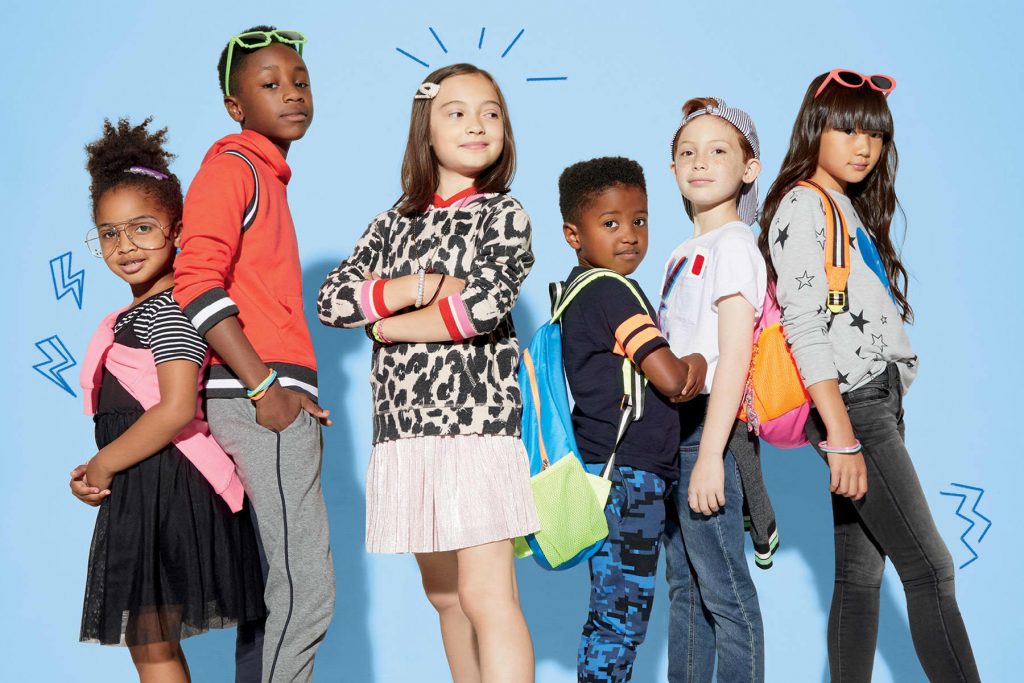
Anti-bullying designs: Create designs that raise awareness about the negative effects of bullying and encourage kindness and empathy. Include messages like “Choose Kindness" or “Stop Bullying." “Be a Buddy, not a bully”, etc.
Educational themes: Integrate educational motifs, such as numbers, letters, or shapes, into the designs. You can even further explore this theme and curtail it to match other different subjects or educational themes, math, science, geography, chemistry, arts, and so on. This not only provides a learning opportunity but also stimulates curiosity and interest.
Holidays
Print on demand sellers are the best when it comes to making the most out of special occasions and holidays around the year. Kid’s clothing segment presents great potential for POD businesses to max out their revenue on these special occasions. Whether it’s Halloween, Thanksgiving, or Christmas, you can always create designs that match the holiday themes and appeal to the younger audience.
Tips for creating kid’s clothing designs
Use bright and vibrant colors
The first and foremost thing on your checklist should be to use vibrant and lively colors. You can create a cheerful color palette specifically for kids with pastel colors, or saturated, vibrant hues. These colors are the best to capture kid’s eyes and activate their senses. Also, with a lot of colors going on, it is important to sharpen your color choices and create visually appealing combinations that look good together.
Pay attention to the scale and proportion of details
Kids’ sizes are smaller than regular clothing. To create a neatly looking design, you should also adjust the size of the decoration pattern accordingly. For kids, it’s best to switch to smaller pattern elements. It looks cuter and more proportionate than large and bold details.
Add texture and details
Beyond your print designs, other features like fabric textures and details are also important in forging an overall look. With just the right subtle elements, you can leverage your designs and make them even more convincing and appealing to customers. However, be mindful not to overwhelm the design with too much detail.
Use age-appropriate themes in your design
There is a line that you should never cross when designing clothing for kids: Only use age-appropriate designs. Before producing or launching new products, make sure to scrutinize your designs carefully to spot any details or elements that are not kid-appropriate, for example, violent graphics, offensive language or imagery, overly scary characters, inappropriate humor, and so on.
Other than that, also keep your design appropriate for kids in different age groups. Don’t use too childish designs on youth clothing or otherwise/
Look for feedback from kids
As an adult, it is hard for us to predict or truly understand the minds of small kids. If possible, gather feedback from kids or parents. This is the best way for you to know whether your designs are going in the right direction.
Know how to promote your products to the right audience
In a competitive market, standing out from the crowd is not only an art but a necessity. To make your kid’s clothing product shine, it’s crucial to know how to promote it to the right audience. From creating an online presence to engaging parents and kids through social media, here’s a comprehensive guide to marketing your adorable creations successfully.
Create an Online Presence
Website
Your website is the digital storefront of your kid’s clothing brand. Make it an inviting space with colorful visuals, easy navigation, and most importantly, secure and convenient shopping options. A professional and informative website is a great way to impress shoppers and build trust with customers.
Social media accounts
Parents or even the kids themselves spend a lot of time on social media platforms, making it a goldmine for marketing. To approach potential customers on social media platforms, you can create visually appealing accounts on Instagram and Pinterest, showcasing your clothing in action.
These platforms are also great for cultivating interaction and connection by sharing posts that resonate with parents – think about styling tips, parenting humor, and heartwarming family moments.
Other e-commerce platforms
Don’t limit your brand to your website only. Expand your reach by partnering with established e-commerce platforms like Etsy or Amazon. This enables your kid’s clothing line to be discovered by a broader audience actively searching for unique and charming pieces.
Engage kids and parents through social media
Entertaining videos
Capture the attention of both kids and parents with fun and vibrant videos. Think about short clips of children confidently showcasing your designs, or animated videos featuring your clothing’s unique selling points. Brands like “Kidbox" do an excellent job of blending entertainment and product promotion in their videos.
Interactive contests
One of the best ways to encourage engagement for kids’ clothing segment is through interactive contests. The competitive nature of the contest will help to excite the customers and increase engagement through your social media accounts.
Whether it’s a “Cutest Kid in Our Outfit" contest or a “Design Your Dream Outfit" competition, these contests not only generate excitement but also create a sense of community around your brand.
Behind the scenes
Pull back the curtain and show the magic behind your creations. Share snippets of your design process, introduce the talented minds behind the brand and give a sneak peek into the day-to-day life at your kid’s clothing company or reveal how a product is made from start to finish. The behind-the-scenes footage is a wonderful material to humanize your brand, nurture relationships, and build trust with parents who are curious about the people and story behind the brand.
Interactive polls and surveys
Kids love having a say in their choices, and parents appreciate brands that value their opinions. Use polls to ask about favorite colors, preferred styles, or even which characters they’d love to see on clothing. This not only engages the audience but also provides valuable insights for future designs.
Storytelling and inspiration
Storytelling is the shortest way to get your message across. Whether it’s the inspiration behind a specific collection or a touching customer testimonial, storytelling creates emotional connections. Mini-series on social media featuring the adventures of a mascot, character, or an influential figure associated with your brand can also be a hit among the younger audience.
Spread the Word with Creative Marketing
Use attention-grabbing visuals
Children are drawn to vibrant colors and playful designs. To keep them interested in your marketing campaigns or content, you should use attention-grabbing visuals in your marketing materials. Incorporate whimsical graphics, and happy faces, and, if possible, showcase your clothing on children having a blast. A picture is worth a thousand words, and in this case, it could be a thousand smiles.
Highlight the strengths of your brand
Parents are always on the lookout for clothing that not only looks good but also stands up to the chaos of childhood. Highlight the strengths of your brand, whether it’s durability, sustainable practices, or unique designs. For example, if your clothing is made from eco-friendly materials, emphasize this commitment in your marketing materials.
Develop a compelling concept to promote
Capture attention with themed promotions. For instance, if you’re launching a line of cozy winter wear, create a campaign around “Winter Wonderland" complete with seasonal imagery and promotions. This not only adds excitement but also makes your brand memorable in the minds of parents and kids alike.
Master the art of creative email campaigns:
Craft your emails with a personal touch. Use playful language and include visuals that resonate with children and reassure parents. Consider offering exclusive discounts or early access to new collections to incentivize subscriptions. Brands like “Primary" send out cheerful, colorful emails that capture the essence of their kid-friendly clothing.
In the competitive world of kid’s fashion, connecting with your audience is more than just marketing – it’s about creating an experience. By establishing a strong online presence, engaging through social media, and executing creative marketing strategies, you’re not just selling clothes; you’re becoming a part of their family’s story. So, gear up, get creative, and let the little ones strut their style with your fabulous kid’s clothing line!
